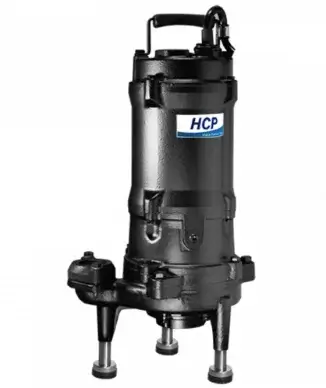Introduction
Septic systems are an integral part of many homes, ensuring the proper disposal of wastewater. However, when it comes to septic pump replacement, homeowners often find themselves navigating a sea of perplexing cost ranges. In this article, we’ll delve into the factors influencing septic pump replacement costs, the types of pumps available, and crucial maintenance considerations.
Factors Affecting Septic Pump Replacement Cost
1. Type of Pump
Septic pump replacement costs are a crucial consideration for homeowners looking to maintain an efficient wastewater management system. Among the various types of pumps available, the grinder pump stands out for its unique functionalities, especially when pumping to higher elevations or uphill over longer distances.
Grinder pumps, known for their robust grinding mechanisms, are designed to handle tougher materials and are particularly useful in scenarios where traditional effluent septic pumps might struggle. However, this enhanced functionality comes at a price. Grinder pumps can be significantly more expensive, sometimes costing up to five times more than their effluent counterparts.
The added cost of a grinder pump is justified by its ability to pump waste to higher elevations, making it an ideal choice for homes situated on uneven terrain or where the septic system is located uphill. This feature ensures the effective transportation of wastewater, even in challenging topographical conditions.
While the upfront cost of a grinder pump may seem steep, homeowners must weigh the investment against their specific needs. The efficiency and durability of grinder pumps can provide long-term benefits, making them a valuable choice in certain scenarios. Understanding the cost dynamics and functionalities of different pump types is essential for making informed decisions about septic pump replacement, ensuring both cost-effectiveness and optimal system performance.
2. Material
When contemplating septic pump replacement, one of the critical factors influencing the cost is the choice of materials, particularly between cast iron and thermoplastic. These materials play a pivotal role in determining the durability, performance, and ultimately, the overall cost of the septic pump.
Cast Iron Pumps:
Cast iron pumps are renowned for their sturdiness and longevity. The material’s robust nature makes it resistant to wear and tear, ensuring a prolonged lifespan for the septic pump. However, this durability comes at a price, as cast iron pumps are generally more expensive upfront.
Thermoplastic Pumps:
On the other hand, thermoplastic pumps offer a cost-effective alternative. While not as durable as cast iron, they still provide reliable performance at a more affordable price point. Thermoplastic pumps are resistant to corrosion and are suitable for less demanding septic systems.
Homeowners must weigh the advantages and disadvantages of each material when considering septic pump replacement. The choice between cast iron and thermoplastic goes beyond immediate cost implications, encompassing factors like the expected lifespan of the pump and the specific demands of the septic system. Understanding these material dynamics is crucial for making an informed decision that aligns with both budgetary constraints and long-term system requirements.
Life Expectancy Of A Septic Pump
The life expectancy of a septic pump is a pivotal aspect in the realm of wastewater management. Typically, these pumps boast a lifespan ranging from 3 to 10 years, contingent on various factors. Regular maintenance, proper usage, and the quality of the pump itself play crucial roles in determining longevity. Factors such as pump type, material, and adherence to recommended replacement intervals contribute significantly to the overall life expectancy.
Homeowners can ensure a prolonged and efficient performance from their septic pumps by staying vigilant about maintenance schedules and being cognizant of the specific demands of their septic systems. A well-maintained septic pump not only extends its lifespan but also ensures the smooth operation of the entire septic system.
Recognizing Signs Of Septic Pump Failure
Identifying the early warning signs of septic pump failure is crucial for homeowners to avoid potential disasters in their wastewater systems. One of the primary indicators is unusual sounds or noise emanating from the septic pump, such as grinding or clicking noises, suggesting internal mechanical issues. A sudden increase in water levels in the septic tank, coupled with slow drainage in sinks and toilets, can signal pump inefficiency.
Foul odors in the vicinity of the septic tank or drain field are often indicative of a malfunctioning pump, indicating that wastewater is not being adequately pumped away. Visual inspection of the pump’s exterior for visible leaks or standing water is another red flag. Additionally, alarms on the pump control panel, if present, can be a direct alert to potential issues.
Homeowners should be attuned to these signs to address septic pump failures promptly. Ignoring these indicators may lead to system backups, property damage, and expensive repairs. Regular maintenance and immediate attention to unusual system behaviors are vital for ensuring the longevity and effectiveness of a septic pump. By staying vigilant, homeowners can prevent the inconvenience and financial burden associated with septic pump failures, safeguarding both their property and the environment.
Common Questions About Septic Pump Replacement Cost
Septic Pump Replacement Cost: Conclusion
In conclusion, understanding the intricacies of septic pump replacement costs is pivotal for homeowners seeking efficient wastewater management. By considering pump types, materials, and timely replacements, individuals can not only save on costs but also ensure the longevity and effectiveness of their septic systems.

